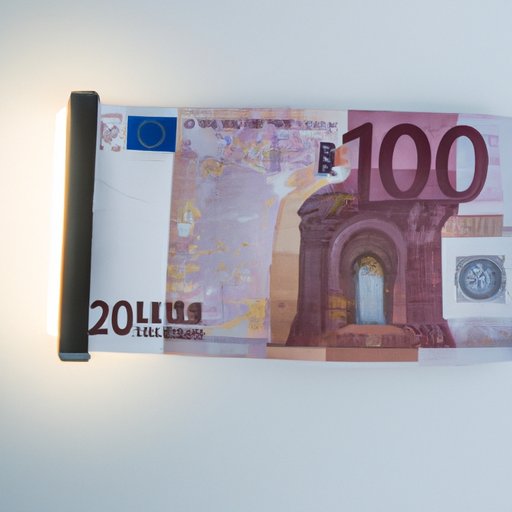
How to Identify Fake Money: A Comprehensive Guide
Counterfeit money has been a problem for centuries, and with the advent of digital printing and other advanced technologies, it is becoming increasingly difficult to identify fake bills. However, it is important for consumers, businesses, and law enforcement agencies to know how to identify counterfeit money to prevent its circulation in the economy.
This article provides a comprehensive guide on how to identify fake money, including the various types of fake currency, the security features of real money, and tips for identifying counterfeit bills in business settings.
Types of Fake Money
Counterfeiters use a variety of methods to create fake money, such as bleaching lower denominations and printing a higher denomination on top, or using digital printing technologies to create “superdollars” that are almost identical to real bills.
However, there are some key differences between fake and real money that can help you identify counterfeit bills. For example, counterfeit bills tend to have a washed-out appearance, and the ink may smudge or bleed. The paper used for fake bills may be too thin or too thick, and the printing may be misaligned or blurry.
Using Visual Aids to Identify Fake Money
One of the most effective ways to identify counterfeit money is to compare it side-by-side with a real bill. The US Treasury Department provides free resources online, including visual aids that help you identify authentic currency based on its design and security features.
These visual aids highlight the key differences between fake and real money, such as the placement of watermarks and security threads, the font and spacing of the serial numbers, and the presence of microprinting and other intricate details.
Real Money Security Features
Real US currency has a number of security features that are difficult to replicate, such as:
- Watermarks: Images of the portrait on the bill and the denomination of the bill are visible when held up to light.
- Security threads: A vertical strip embedded in the paper that glows under ultraviolet light, with words denoting the value and/or abbreviation of the currency.
- Microprinting: Extremely small text or numbers that are visible only under magnification.
To check for these features, you can hold the bill up to the light, use a magnifying glass or UV light, and rub your fingers over the bill to feel for raised textures and other features that should be present.
The Feel of Real Money
In addition to its visual features, real US currency also has a distinct texture and feel that counterfeiters cannot replicate. Real bills are made of a blend of cotton and linen that creates a unique texture. The ink used for printing is raised to the touch, and the raised features should be consistent and not smudged or blurred.
If you are unsure whether a bill is real or counterfeit, try rubbing it against another bill of the same denomination. This can help you detect differences in texture and ink that may not be visible to the naked eye.
Examples of Commonly Counterfeited Bills
Counterfeiters often target larger denominations, such as the $20 and $100 bills. As a result, it is important to be especially vigilant when handling these denominations. Examples of commonly counterfeited bills may include:
- Bills that feel too thin or too thick
- Bills with smudged or blurry print
- Bills with visible cut-and-paste seams
If you suspect that a bill is counterfeit, do not try to spend it. Instead, report it to your local law enforcement agency or the US Secret Service immediately.
Tips for Identifying Fake Money in Business Settings
Businesses that handle cash transactions should be especially vigilant in identifying counterfeit money, as accepting fake bills can result in costly losses. To minimize the risk of accepting counterfeit currency, businesses can:
- Use counterfeit detection pens that can detect fake currency by its chemical composition
- Train staff on how to identify fake bills and develop protocols for handling suspicious bills
- Ask for multiple forms of identification when accepting large bills
Encouraging Vigilance
Ultimately, the best defense against counterfeit money is to be vigilant and cautious when handling cash. Always double-check suspicious bills, and trust your instincts if something seems off. By staying informed and being aware of the various types of counterfeit currency, you can help prevent fake bills from circulating in the economy.
Conclusion
Identifying counterfeit money is an important skill for consumers, businesses, and law enforcement agencies alike. By learning about the various types of counterfeit currency, the security features of real money, and tips for identifying fake bills in business settings, you can help prevent the circulation of counterfeit money in your community.
If you suspect that a bill is counterfeit, be sure to report it to the appropriate authorities immediately. Together, we can work to keep our economy safe and secure.





